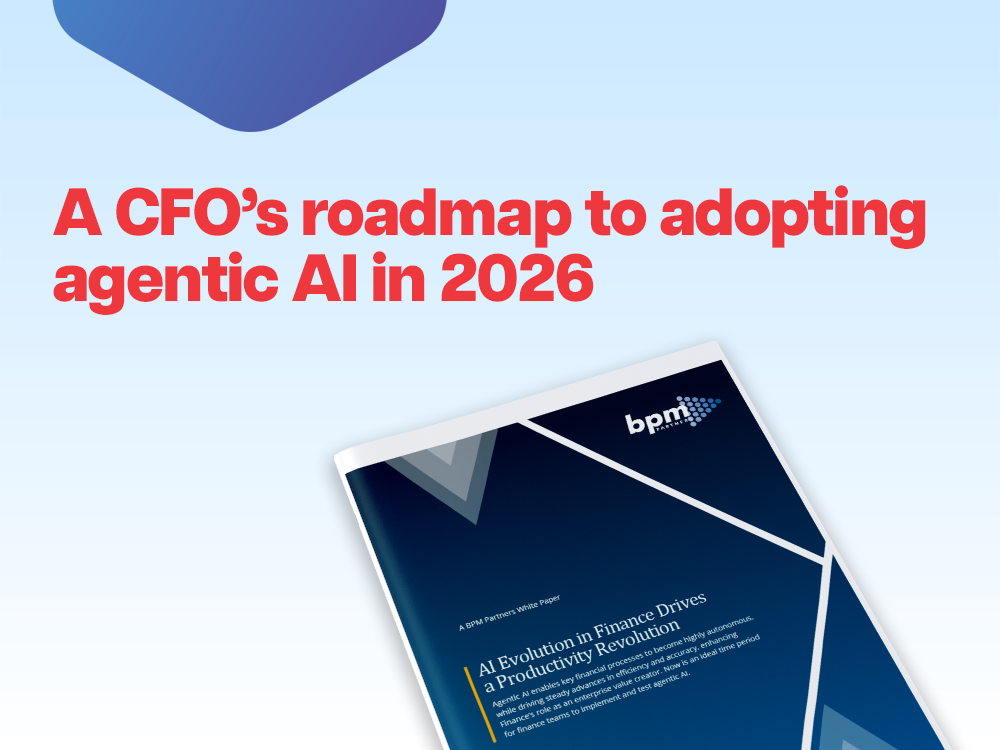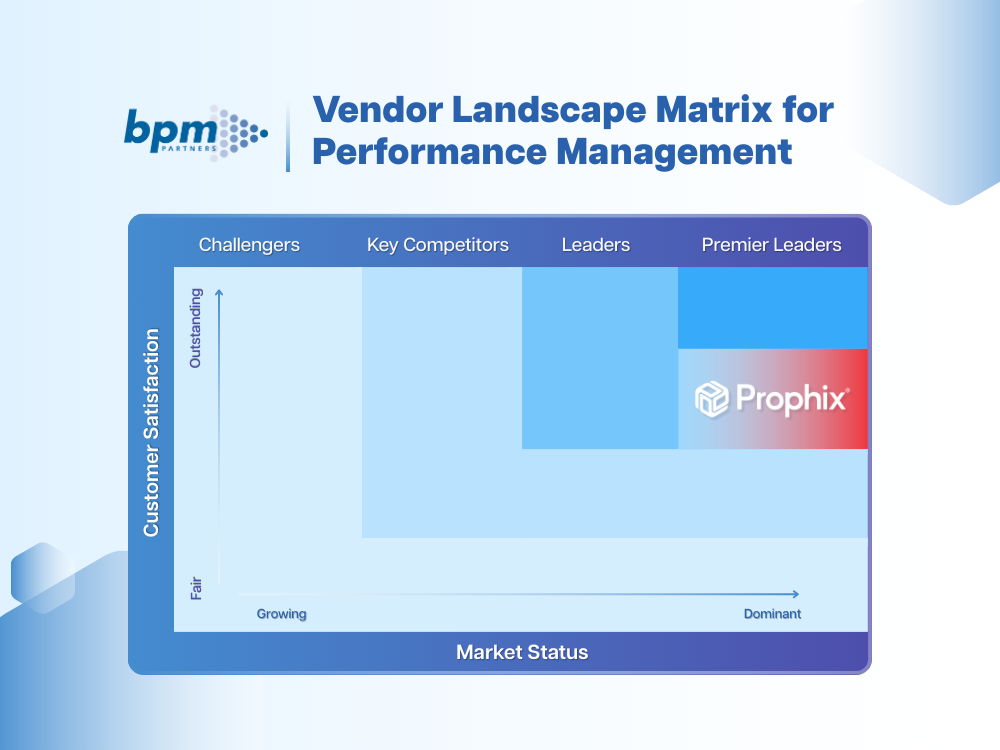Download the BPM Partners Whitepaper
How to Plan in Times of Uncertainty in 5 Easy Steps
We are living in unprecedented and uncertain times. The rapid spread of COVID-19 has disrupted businesses around the world, rapidly changing market conditions and rendering most corporate 2020 plans f
April 1, 20201. Create a Business Continuity Plan
First and foremost, executive leadership and finance teams should focus on developing a plan for business continuity. A business continuity plan is an outline of the policies and procedures that will keep your company running during major disruptions. This can include but is not limited to a reassessment of capital investments, evaluating existing cash flow, and devising a plan to acquire debt. For most organizations, the Office of Finance will play a critical role in the creation of the business continuity plan, as they have the most insight into the company’s data and financial health. However, to assemble an accurate continuity plan, finance professionals should consider the following:- “What-if” scenarios,
- Cross-company financial planning,
- Forecasting,
- And Budgeting.

2. Prepare for a Successful Tomorrow with Scenario Planning
As a result of COVID-19’s impact on the markets, finance teams must consider countless “what-if” scenarios, such as:- How long will the outbreak last and how will it affect the markets?
- What unpredicted costs will we incur (i.e. production, real estate, equipment, headcount)?
- What liabilities might we incur?
- How will this impact our workforce?
- How will this impact our revenue and profitability?
3. Leverage the Collaborative Nature of Cross-Company Financial Planning
Never has there been a more opportune time for businesses to leverage agile cross-company financial planning to rapidly plan for the future with a detailed and collaborative approach. Cross-company planning incorporates key business variables into a budget and flexible plan that can adapt to growth and uncertainty. At the foundation of agile cross-company planning are three pillars:- People – Foster an environment of collaboration by identifying, including, and empowering key roles within your company. With the right processes and technology in place, it should be easier to keep your stakeholders engaged in the process.
- Process – It’s a best practice to map the planning cycle and have regular touchpoints to follow-up on. It is also helpful to employ a tool that can help you drive your processes through workflows.
- Technology – Your technology should integrate with all your business systems and enable you to have a single view of your data. This purpose-built tool should bring together your people and processes to facilitate budgeting, planning, and forecasting processes, while also providing insights to your stakeholders. Many finance-specific solutions can also simplify high-value repeatable processes like dynamic or rolling forecasts (more on that later!).
4. Reduce Risk with Rolling Forecasts
With the right tools and processes in place, many companies can create rolling short-, medium-, and long-term forecasts for their company. Rolling forecasts allow you to “view opportunities and challenges beyond the fiscal year and to fight the myopia that comes with an overemphasis on current-year targets” (CFODive). This can provide an “incentive for long-term, value-maximizing behavior over short-term, bonus/target-based decisions rooted in the current fiscal year” (CFODive). Rolling forecasts are a critical part of the risk management process, especially in light of current economic and social conditions. Corporate Performance Management (CPM) software can assist finance departments in compiling and analyzing the data necessary for a long-term forecast, as well as “what-if” scenarios and cross-company budget and planning, which are critical parts of a business continuity plan.5. Unlock Your Budget
It’s only March but it’s likely your 2020 budgets and forecasts are no longer relevant. Now is the time to “unlock your budget” and reconsider what line items are critical to your businesses’ success (CFO). CFO recommends that CFOs “address the risks and opportunities posed by a range of virus scenarios, building high-level models of business cases to quantify the impact to P&L, cash flow, and balance sheet” (CFO). Further suggestions include assessing the implications on productivity, investigating potential hidden costs, and addressing driver-based scenarios (i.e. customer regions, units, and pricing, quarterly phasing/timing, etc.) (CFO). This can be done in conjunction with your rolling forecasts to give you a better understanding of all possible scenarios, which can further inform your business continuity plan. Our upcoming webinar will show you how to unlock your budget and adapt to changing market conditions. Hope on the Horizon “The mistake is thinking that there can be an antidote for uncertainty.” – David Levithan While the outlook for the coming months is still unclear, there is no need to panic. The business world will always be filled with some level of uncertainty – it’s how you react to it that determines your success. In the coming weeks, businesses should aim to assemble a business continuity plan that includes “what-if” scenarios, a short-, medium- or long-term forecast, and a cross-company financial budget and plan. Businesses that are still using spreadsheets as their primary finance tool should look to adopt a Corporate Performance Management (CPM) solution to automate and accelerate their financial processes, while improving accuracy and reducing organizational risk. Discover how to react to changing markets with insight and agility – register for the webinar series.Insights for next-gen finance leaders
Stay ahead with actionable finance strategies, tips, news, and trends.





